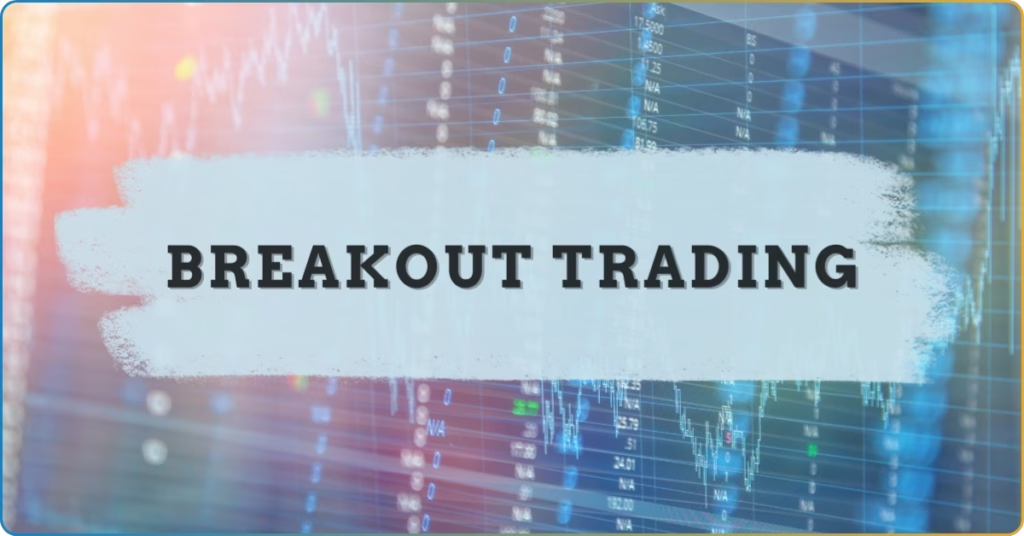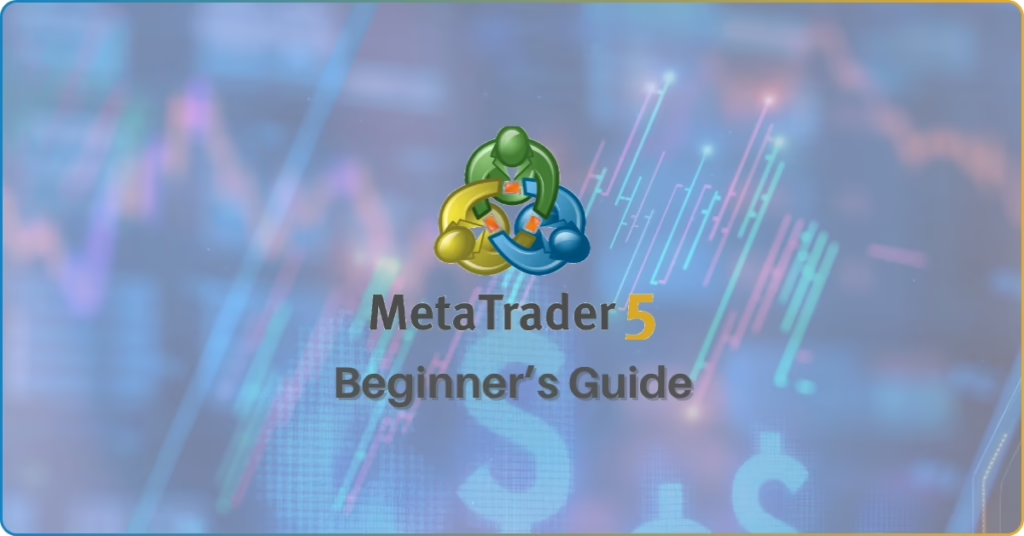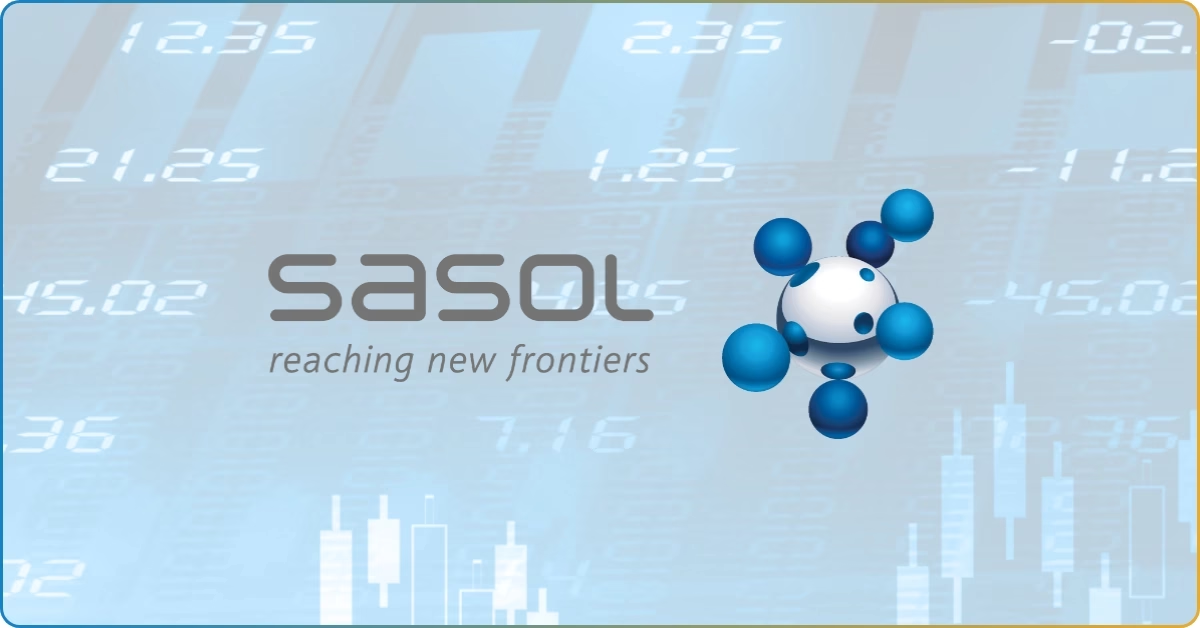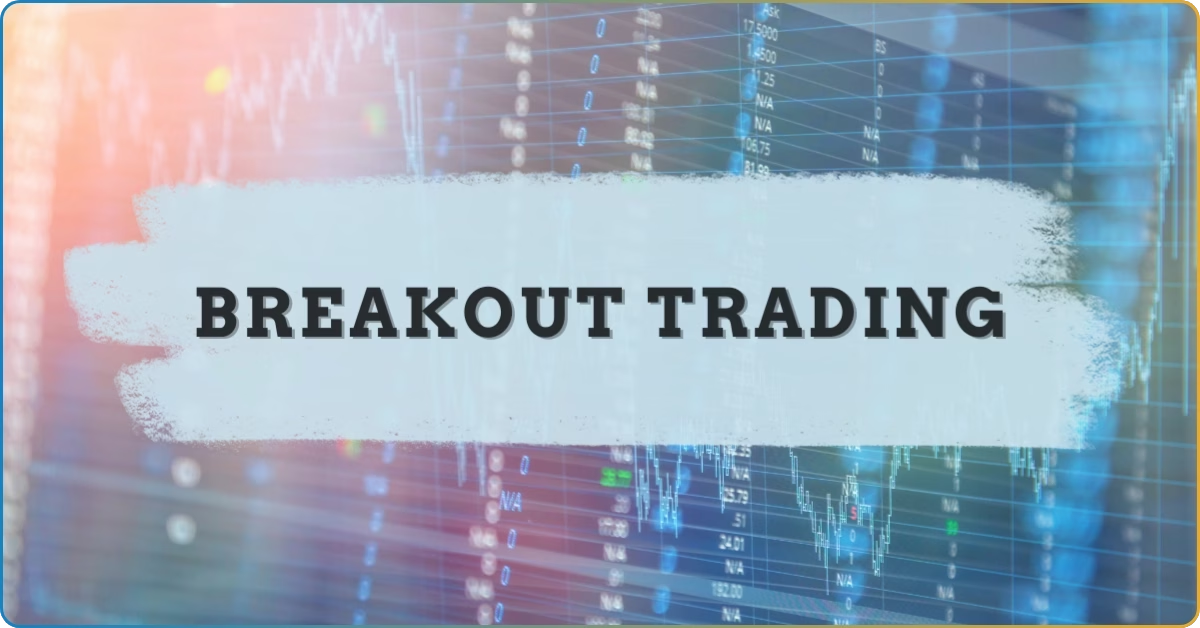When we think of the inflation rate, price changes are the first thing that comes to mind. If it’s high, we have to pay more than the typical price of a good or service. If it’s low, the price stabilizes or even decreases.
But did you know that inflation impacts a larger part of our economy? It goes beyond price changes, as wages, business costs, investments, and even central bank interest rates also move with it.
In this TRU Insight, you’ll explore the nitty-gritty of inflation rate meaning. Read on and discover how it affects a larger scale of our lives.
What Are Critical Economic Indicators?
As the name suggests, economic indicators are the metrics used to assess, analyze, and indicate a country’s macroeconomic performance. The government or intelligence units collect and publish all indicators’ data to ensure objective findings and accurate economic representation.
With these indicators, economists, analysts, and the public can make sense of the prevailing economic health and forecast its future performance.
The are numerous economic indicators, but we’ll only focus on the three Holy Grails: Gross Domestic Product (GDP), Unemployment Rate, and Consumer Price Index (CPI).
Gross Domestic Product (GDP)
By measuring the total goods and services produced within the country, GDP is the primary indicator to gauge overall economic size, health, and performance. Economists and analysts compare the current data to the previous quarter or year to make sense of GDP release.
Let’s look at the GDP in South Africa for a better perspective. In 2024, South Africa recorded a 0.9% GDP after its 2023 GDP of –6.4%. With this, you can say that the South African economy has grown 5.5% from 2023 to 2024.
Unemployment Rate
The unemployment rate measures the number of a country’s unemployed citizens looking for jobs. These individuals have no access to salary and participation in economic production. Thus, this free labor force is a critical indicator of the country’s economic health.
Here are the three types of unemployment rates to help you analyze their impact on economic performance:
| Type | Implication | Rate Range |
|---|---|---|
| High unemployment rate | Signals economic distress (reduced consumer spending & lower economic output) | 6% and above |
| Low unemployment rate | Indicates positive economic performance but has the potential for a heated economy | 3.5% and below |
| Optimum unemployment rate | Sees balance between economic growth and stability | 3.5% to 4.5% |
In the case of South Africa, the country has been experiencing a staggeringly high unemployment rate. Since 2015, the government has been recording 22.87% to 32.6% unemployment rates. This ultimately contributes to the extreme poverty and wealth inequality in the country.
Related: Unemployment Rate in South Africa: Read Before Investing in Rand? : Inflation Rate Meaning: What Is It and How It Affects the Forex Market?Consumer Price Index (CPI)
The country’s CPI represents the monthly price changes on goods and services. These price changes are analyzed by collecting prices from retail stores, service establishments, rental units, and doctor’s offices.
Ultimately, it tracks the inflation or deflation in the country.
If the government reveals an increase in CPI, it means higher inflation or cost of living to its citizens. On the other hand, a decreasing CPI means that the inflation rate stabilizes as the prices of goods and services decrease.
But did you know that inflation immensely influences the forex market? It’s because inflation concerns push central banks to make changes to their monetary policies—an indicator of the currency’s interest and exchange rate.
Related: How to Trade CPI News Effectively and Strategically in 2025 : Inflation Rate Meaning: What Is It and How It Affects the Forex Market?Inflation Rate Meaning
Inflation represents the increased cost of living in a particular country. It’s measured, analyzed, and assessed by looking at the prices and goods circulating within the country. This could also represent price decreases; however, it will be called deflation instead of inflation.
Let’s look at it beyond its surface-level effect (price changes). Inflation rate refers to the percentage at which the currency devalues over time.
Aside from its impact on the prices of goods and services, inflation reinforces the unequal distribution of income, condenses the competitiveness of the economy, and encourages imports. All these events will drag the country’s economic activities and macroeconomic performance.
To make better sense when analyzing inflation, you need to be familiar with the two major types of inflation and what causes them.
Demand-pull Inflation
Demand for goods and services increase during a strong economic activity (high employment rate and rising economic health). This follows the idea that people tend to have more income, which translates into them spending more money.
However, this pull causes inflation to rise as supply cannot immediately cater to the growing demand. Thus, the economy finds equilibrium by increasing the price of goods and services, leveling the supply and demand.
Cost-pull Inflation
Cost-pull inflation happens during slow economic activity or production in the country. Like demand-pull inflation, this occurs when the supply and demand of the country’s goods and services get disrupted.
This is highly intertwined with the unemployment rate in the country as both these indicators represent the unused labor forces—representing the wasted economic operation in the country.
Additionally, a supply shortage may happen during unforeseen events like environmental catastrophes (hurricanes, typhoons or storms, earthquakes), pandemics, or wars.
When the supply experiences a shortage while the demand stabilizes or increases, inflation is created as the prices for goods and services increase to create economic equilibrium.
Inflation Rate Affects Exchange Rate of a Currency Pair
You already know that inflation is a vital indicator to assess and predict an economy’s overall performance, health, and size.
But did you know that it also affects the forex market and the prices of currency pairs?
This is because inflation has an inverse relationship with exchange rates. The higher the inflation of the country is, the weaker its currency is. Additionally, central banks constantly monitor inflation and act upon it if the data becomes too worrying.
A common strategy central banks use is changing their respective monetary policies to ease inflation. This could mean interest rate adjustments, either by cutting or increasing rates.
As discussed earlier, the inflation rate signifies a decrease in the country’s purchasing power. This is because the typical prices of goods and services increase, disrupting the underlying supply and demand.
This ultimately impacts money circulation or currency activity as people tend to stray away from spending or have no access to doing so, as in the case of lower-income consumers.
This slows currency activity, experiencing devaluation as it becomes less attractive to foreign investors.
How Could the Current SA Inflation Rate Affect the Rand?
Again, the country’s inflation rate is inverse to its currency.
In March 2025, South Africa witnessed a surprising drop in its inflation rate month-over-month (MoM). From February’s 3.2%, the South African inflation rate dipped to 2.7% last March. This means that South Africans’ cost of living improved by 0.5%.
The surprising inflation rate drop was 0.3% lower than the minimum target of the South African Reserve Bank (SARB).
Ultimately, this inflation drop could result in an appreciating Rand.
But here’s the thing: Economists across the world believed that this drop was not enough to rally the Rand. This is why the SARB should hold its interest rates for half a year, especially now that global risk, in the form of Trump’s 10% universal tariff, is starting to manifest.
Related: BRICS Currency: Trump Threatens 100% Tariffs on BRICS Bloc : Inflation Rate Meaning: What Is It and How It Affects the Forex Market?Should You Monitor Inflation Rate when Trading Forex?
Yes, you should definitely keep an eye on the inflation rate when you want to take advantage of the forex market. The inflation rate doesn’t only tell you about the price hikes; it’s also a valuable indicator of exchange rate movement.
Remember, inflation and currency valuation have an inverse relationship. A spike in inflation could depress a currency, while a drop in inflation could rally the currency.
Staying informed with these critical economic indicators is important to ensure a broader understanding of the potential forex pair price movement.

















